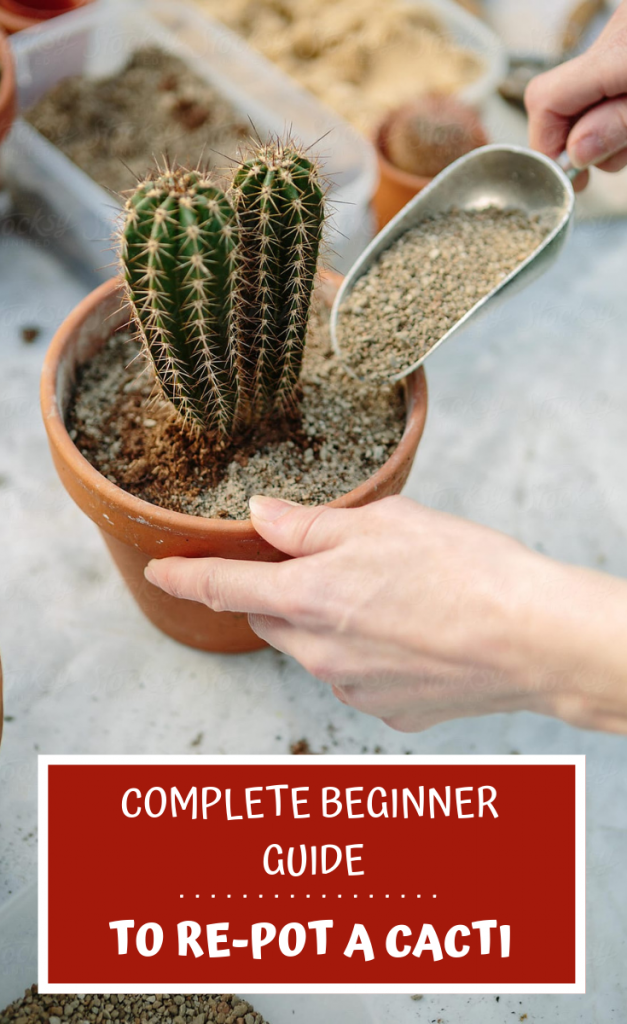Cactus is one of the most popular apartment plants. They come in a multitude of shapes and sizes and don’t need careful care. If you love these amazing plants and you’re looking forward to re-pot them, then you’ve clicked on the right button! Enjoy your information and take action!
About the cacti
Cactuses are divided into two main categories: dessert cacti, generally covered by spikes, and forest cacti, often without thorns and usually epiphytes. Consequently, you have a wide range of options at your disposal, if you decide to purchase your first cacti.
As a general rule, dessert cacti need a lot of light and a little water. As for forest cacti, they need similar conditions, with the statement that they do well in less-lit areas. However, if you want your thorn or no-thorn plants to make flowers, it’s essential to keep them as long as possible in an area with high intensity light. Ideal is exposure to morning light.
Re-potting period
How do you realize your plant needs to be moved to another vessel? Check its roots: When the roots of the cactus begin to come out through the drains of the pot, you will know that it’s time to move it to a larger pot. Generally, if you have fast-growing cactus species, the plants should be re-potted every 3-4 years.
Cactus replanting should be done in the spring when the plant crosses an active development period. Water the cactus 2 days before replanting, to keep the roots moist, without abundant water.
Re-potting the cactus
Here are the steps you should follow for a successful cacti re-pot:
- First, make sure you use thick gloves to keep you away from stinging. Don’t hesitate to take other safety measures if necessary (if the cactus is very large, for example) to avoid any kind of accident.
- The next step is grabbing the cactus gently and removing the traces of the remaining soil in the lower part of the cacti.
- Carefully check the roots to identify possible illnesses or the presence of pests. Also, cut the dehydrated or dead roots and add fungicide, if necessary.
- Choose another pot, larger than the previous one, and add soil for better water drainage (for example, gravel) at the bottom of the pot.
- Add compost with a pH of about 4 – 5.5.
- Re-pot the cactus and place it in compost. Sprinkle gravel to help the water drain quickly.
Cacti care after re-potting
For your plants to be healthy, it’s important to provide them with the same care before replanting. Water the cacti periodically during the spring-summer development period, leaving the surface layer of the soil to dry between 2 watering. Don’t forget to water the cactus just early in the morning or late at night! In October, it stops the watering process and allows the cactus to enter the latency period during the winter months.
Image Credits: Stocksy












0 Comments